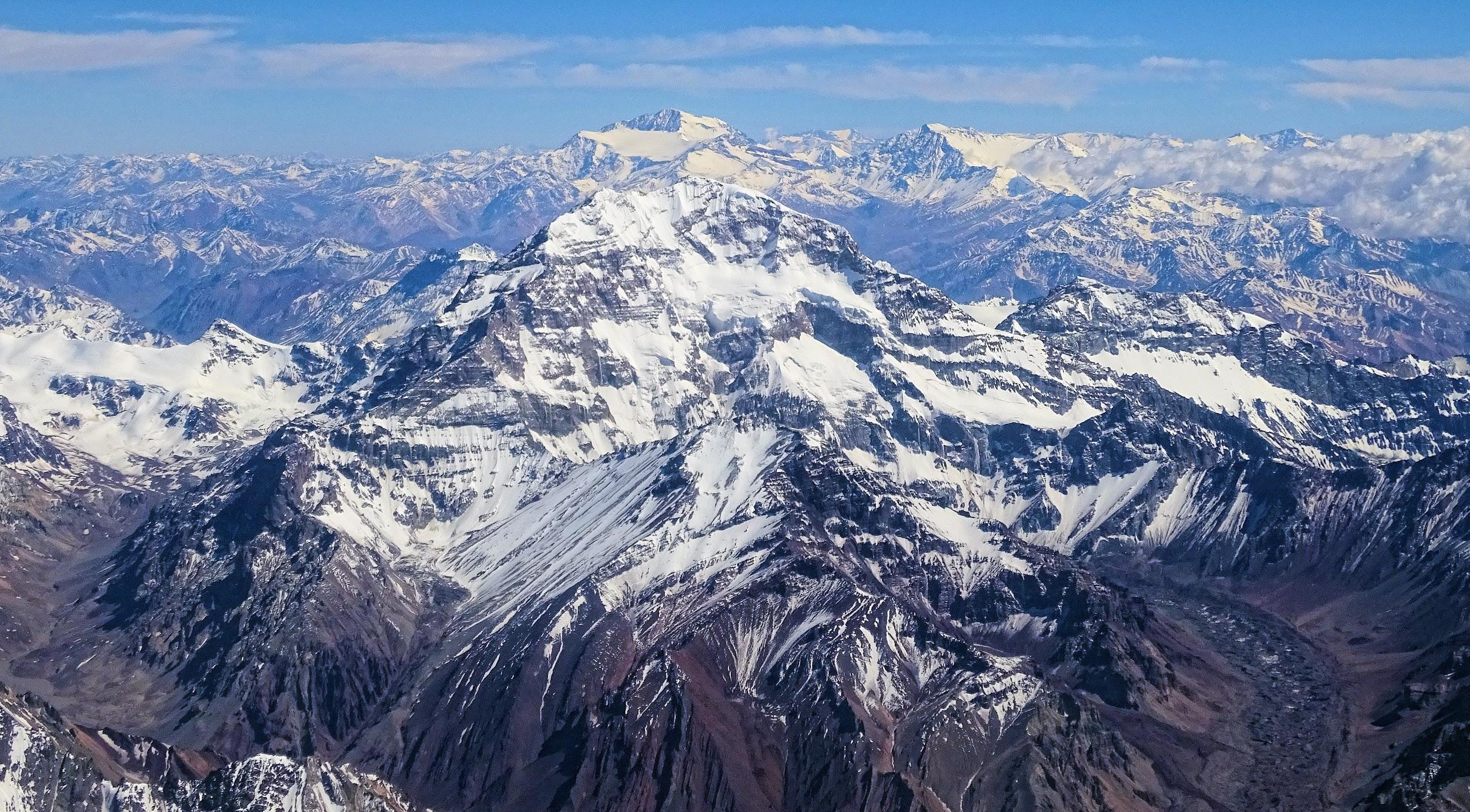Mountains and Tourism
In this article, we will examine tourism in mountainous areas by dividing it into 3 types. It belongs to alpinism, ski tourism and rural tourism. We will examine these tourism types with important examples and spatial arrangements.

Benefit from tourism in mountainous areas
The first opening of the mountains to tourism was due to sports activities such as mountaineering and skiing. The provision of services such as transportation, accommodation, hospitality and guidance to climbers has led to a type of tourism called mountaineering, the transformation of mountainous ski areas into ski resorts with the construction of residential, hospitality and entertainment facilities.
Alpinism
Alpinism, named after the Alps, involves transportation, accommodation, hospitality, transportation, security, and more to climb peaks and lowlands for scientific and recreational purposes. This is a type of tourism that combines services. Because climbing to the summits organized by the Alpinism Federation and its clubs requires technical knowledge and experience, only climbers participate and the mountains are used for trekking by people of all ages. Alpinism is influenced by physical features of mountains, climate, hydrography and physical geographical factors such as vegetation. The impact of structural features on alpinism varies according to sports, science and recreational activities. The slope of the slopes, rock structure, rock hardness and condition of the cracks and relief (glacier, karst, stream) are important in sports performances. The shape of the peaks in the mountains depends on the rock structure and erosion patterns. Sedimentary rocks are flatter, volcanic rocks form steep hills. In the mountains, the slopes affected by rock structure, river and glacial erosion are steep and steep, and only the slopes where freezing and thawing and surface sweeping are effective are smooth and very steep. Volcanic rocks and volcanic rocks in the mountains where the effects of volcanism are visible are not suitable for spike and rope climbing in the peak region due to their cracked structures. Although limestone peaks have a rock structure suitable for rope and nail climbing, the peaks and slopes of volcanic rocks are not suitable for cracked rock formations. Limestone rocks also predominate in the Munzur mountains.
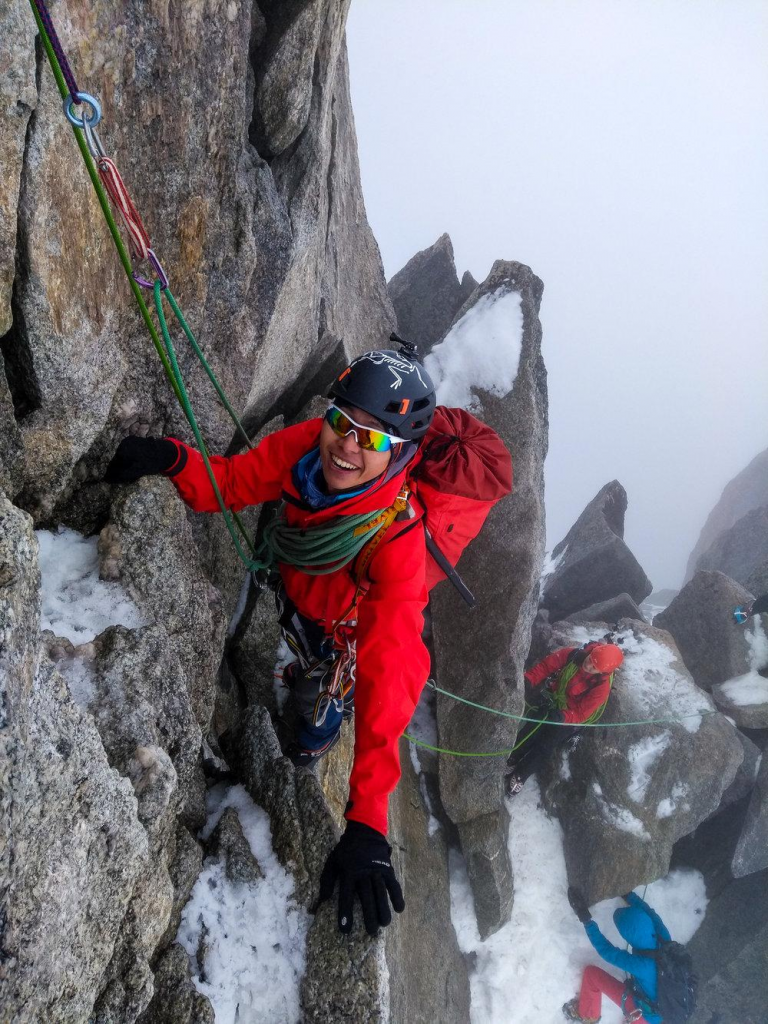
Important mountains in alpinism
The world’s first high peaks are in the Himalayas. Among them, Mount Everest is in first place. Located in altitude 8850 m above sea level. In second place is the peak of K2 in the Karakoram Mountains. (8611 m) There are 8 peaks in the Himalayas after them. Kangchenjunqa – (8586 m.), Lhotse (8516 m), Makalu (8463 m), Cho Oyu (8201 m), Dhaulagiri (8167 m), Manaslu (8163 m) Nanqa Parbat (8126 m). The Himalayas are themost attractive mountain range for alpinism. Climbing Everest is the dream of every alpinist. More than 5,000 climbers have climbed to the top, and more than 200 have died while climbing. The governments of China and Nepal derive a lot of commercial revenue from this. Locals make a lot of money from Sherpas and other experienced guides and services. Those who want to climb to the heights of the Himalayas are often accompanied by a Sherpa, so these high-altitude carriers are called “Sherpas” all over the world. Sherpa is the name of an ethnic group living in the mountainous region of Nepal. The Sherpas are a tribe who came here 600 years ago and left Tibet due to harsh natural conditions. Located at an altitude of 3444 meters, the capital of Sherpas, Namche Bazaar is a meeting place for travelers and climbers from all over the world. Nepal receives a climbing fee of $ 3.3 million a year. Those who want to climb Everest pay $ 25,000. A group of 7 people pays a total of $ 70,000 (2013). In 2014, this payment was reduced to $ 11,000 per capita. Environmentalists say thousands of climbers flock to the area during the spring climbing season, affecting the environment. Especially in recent years, the waste released by climbers causes serious damage to the environment.
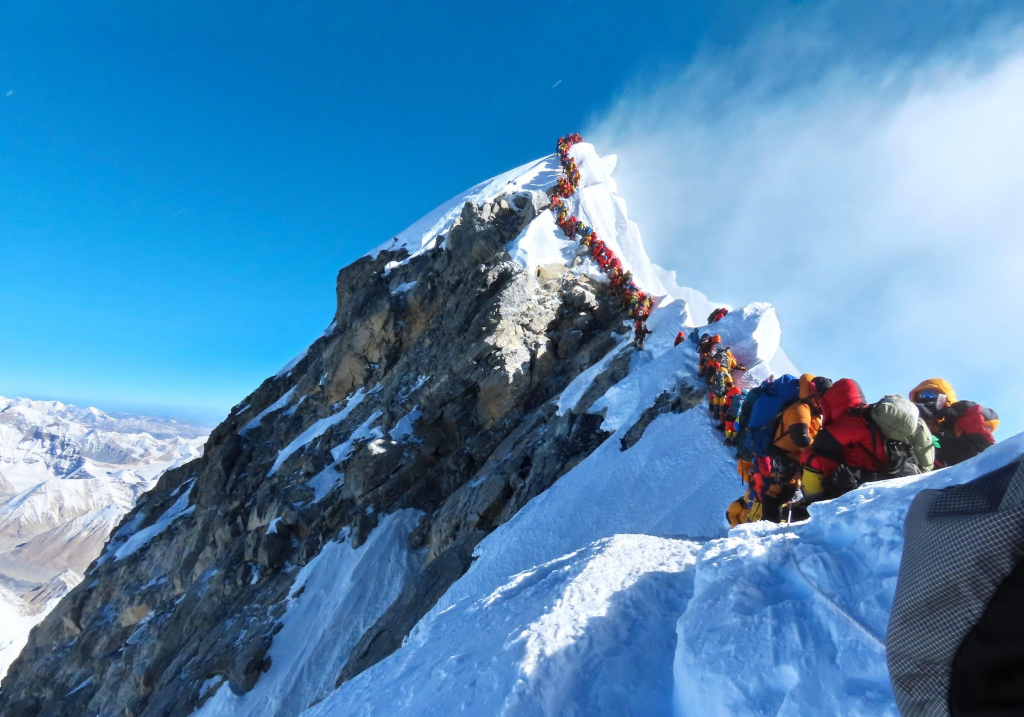
Mont Blanc, the highest point on the European continent, is located in the Alps at an altitude of 4807 m. The area covered by the Alps is about 330,000 km2. The mountains are scattered between France, Italy, Switzerland, Germany and Austria. The main peaks of the Alps, except Mont Blanc; Barre des Ecrins in France (4103 m), Monte Rosa in Italy (4638 m and Matterhorn (4478 m) near the Italian-Swiss border), Jungfrau (4166 m), Finsteraarhorn (4275 m) and Aletschhorn (4182 m)., Graubünden and Italy. between Bernina (4057 m) and finally Glockner (3798 m), the highest point of the Ilohe Tauerns mountains in Austria.

The highest peak of the Andes is Aconcagua (6960 mt) in 1897, the Grand Teton (4190 mt) in North America and St. Elias (5489 m) in 1897 and McKinley (6194 m) in 1913 are the highest peaks in North America. Mountaineering has become very popular since 1980. Millions of people in Europe and America began to roam the mountains. Technological advances in mountaineering equipment and ease of access to mountains have been key factors in this expansion. You can now see the teams lined up at the Mont Blanc exit. It is possible to climb the Himalayas with a reservation.

Winter tourism (ski resorts)
Winter tourism is a type of tourism in which the sport (snow skiing) becomes popular as a result of snowfall in the snow-capped mountains. Starting with a mechanical device and a skihouse, ski resorts with life, service, entertainment, sports and recreation facilities have emerged from the ski area. Sports activities that start with snow skiing are very diverse (snow skiing, rafting, snowboarding), although the sport is a heavy type of tourism, ski resorts have become centers of recreation and sports mountain tourism. Winter tourism is the opposite of summer tourism depending on the climate. The opposite of sea tourism, which defines summer tourism, is snow tourism.
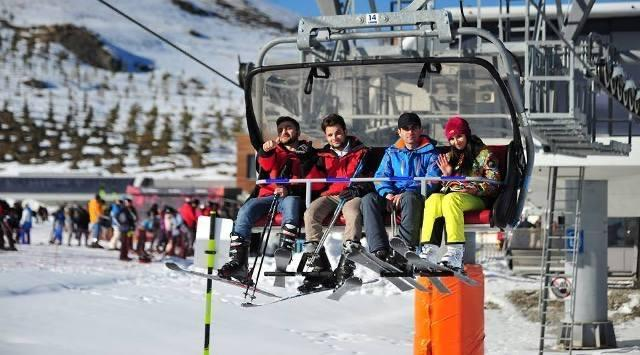
Location Selection of Winter Tourist Areas
In winter tourism zones, the area where ski slopes and mechanical facilities are installed for sports activities is defined as a ski zone. The area where residential, service, entertainment and hospitality facilities are built is a residential area. The main geographical factors influencing the choice of location of winter tourism zones are climate and surface forms. Low temperatures, snowfall and winds are the main climatic elements affecting winter tourism. First of all, as a ski area, it is necessary to choose places that can get enough snow, the average thickness of snow is 1 m and stay on the ground for more than 120 days. In winter tourism, the quality of the snow is as important as the thickness of the snow and the length of stay. The best snow for skiing is dry, light, white and deep snow, because moisture and dust spoil the quality of the snow. The air must be very cold for dusty snow to form. In cold air masses, a thin, shiny snow cover appears in the form of needles smaller than 1 mm, scattered on the ground, with less water vapor condensation. This powder is called snow or dry snow (crystal snow) because it does not melt quickly and does not wet the falling objects.
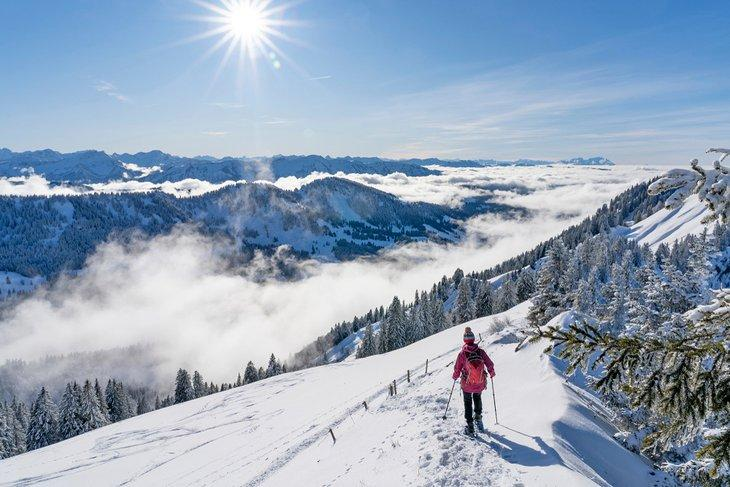
Ski Tourism in the World
Aspen is one of the most popular ski resorts in western Colorado. Its length is more than 70 km. Another popular ski resort in Colorado is Vail. It has the largest ski area in the United States and covers an area of about 2,150 acres. Tourists are also offered balloons, skis, ice skis, hockey and snowmobiles. Whistler (Canada) is one of the most beautiful ski resorts in the world and offers outdoor rafting, bungee jumping, horseback riding, skiing and mountain biking on a 200-kilometer cable car.
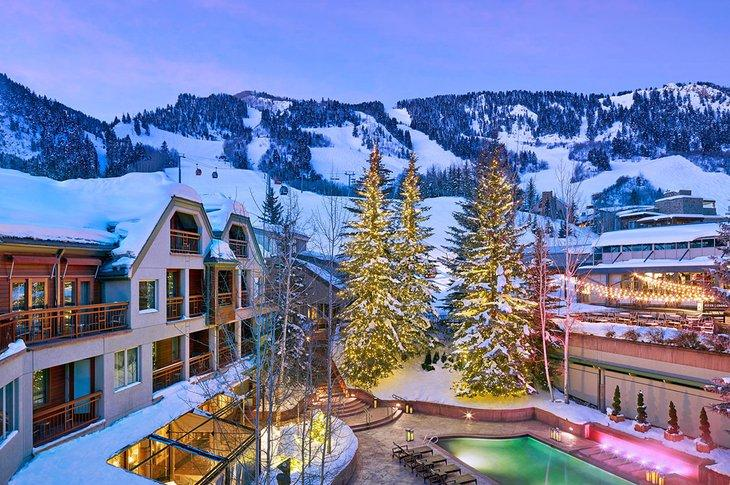
Located in France, Courchevel in Europe has a 600-kilometer ski slope and is one of the largest ski resorts in the world with 189 elevators. Close to the borders of France, Switzerland and Italy, Megeve is a ski resort that attracts attention with its nature and local culture. The total length of the settlement, built at an altitude of 1,100 to 2,350 meters, is 450 kilometers. Located at the foot of Mount Blanc, the Chamonic Ski Resort is the world’s first ski resort to host the 1924 Winter Olympics.
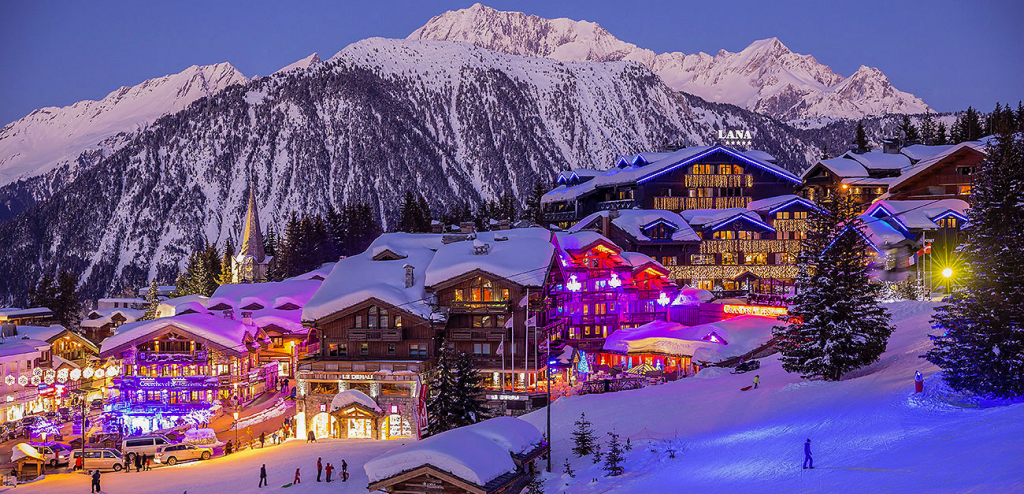
Hosted at the 1956 Winter Olympics in Italy, Cortina is one of the world’s largest ski resorts with 12 different ski resorts. It has a total length of 1,200 kilometers of trails and more than 400 cableways and seats. Cortina d’Ampezzo, a ski resort overlooking the Dolomite Mountains in the Eastern Alps, hosted the 1956 Winter Olympics. Athletes with a total length of 115 kilometers can climb the tracks at different heights with five wings and 24 chairs.
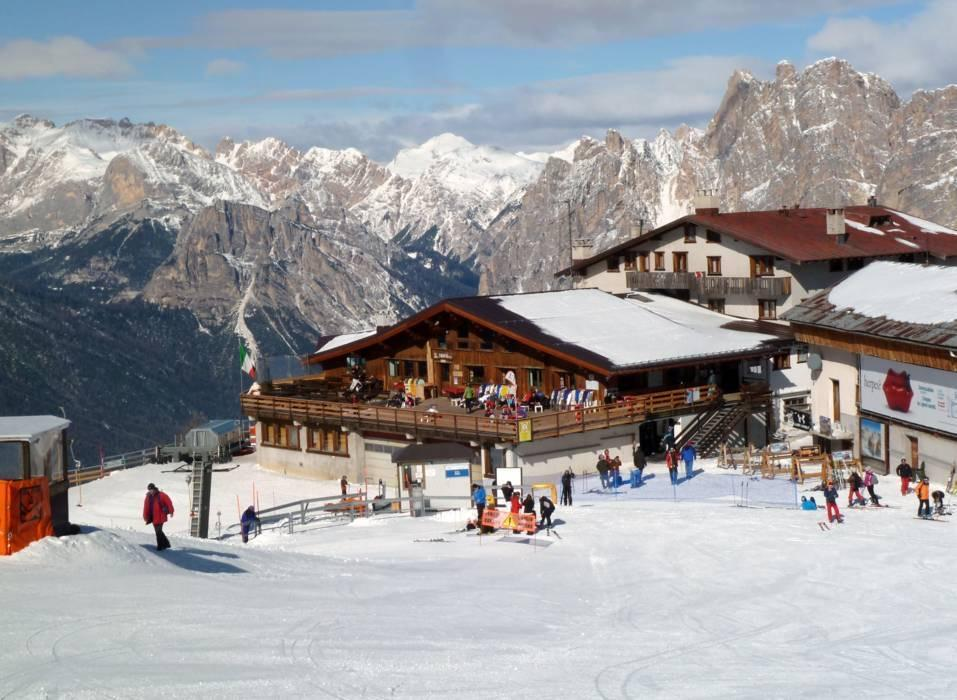
In Austria, St. Anton Ski Resort was opened in 1930. In 2001, it hosted the World Ski Championships. A total of 260 kilometers of rails can be reached by about 100 mechanical devices. The cradle of mountain skiing, St. Anton has a small ski museum. The story of skiing in the sweet building is very well told. The total length of the Kitzbühel ski resort is about 200 kilometers. It is known as “the place where ski championships are held”.
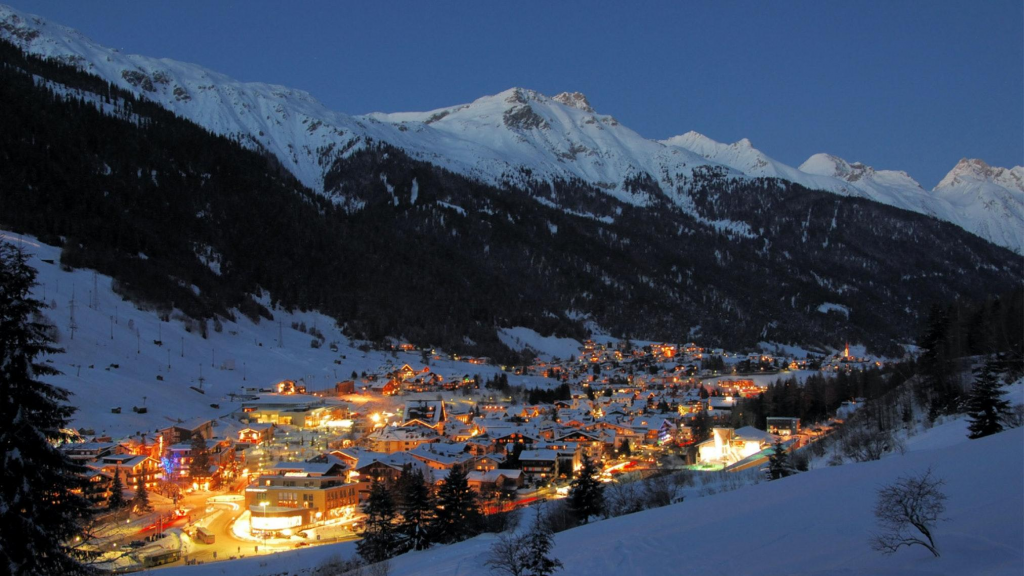
Rural tourism in moutainous areas
Rural tourism in mountainous areas includes rural settlements such as villages and plateaus. The most suitable altitude range for rural tourism in the mountains is between 800-2000 m and has the right temperature and pressure conditions for human health. Accommodation facilities for rural tourism are also being built at these levels. The plateaus above 2000 m are suitable for daily use only for recreational activities in terms of human health. Mountainous areas, vegetation, wildlife resources, lakes, waterfalls, canyons, etc. shows the features of ecotourism with a traditional rural residential area with natural architectural style and protected by natural landscapes with superior landscape values. Unlike passive and coastal mass tourism, rural tourism is more suitable for small individuals, families and groups of friends for a longer period of time, and for large groups with certain tariffs for short-term fast transportation. Rural tourism in mountainous areas is the opposite of coastal tourism in terms of location, climate and recreational activities. While temperature values are sought for coastal tourism depending on sea level, the main recreational activity requires sunbathing, while trekking, the main recreational activity of rural tourism above sea level, requires a temperate climate. The mountains attract nature-loving tourists who respect the environment and love the quiet environment. Tourists are ready to take an active part in recreational activities such as trekking, horseback riding, golf, skiing.

Look at the terraces in the mountains
People are so interested in mountain views that observation terraces are being built in the mountains for everyone to see. One of them is the name of the glass step “One step into space”, built on the top of Mount Aiguille du Midi, built at an altitude of 3840 meters in Mont Blanc in the French Alps. Visitors have the opportunity to see Mont Blanc, Europe’s highest mountain, from the world’s highest glass floor.

Langkawi Sky Bridge is a 125-meter bridge in Malaysia and is 700 meters above sea level. Gunung Mat has a view from the top of Mount Qingchang to Mount Pulau Langkawi. It is a glass road built at the foot of Mount Zhangjiajie Tianmen at an altitude of 1,432 meters in China and can be reached by cable car. A small bridge (Alpspix terrace) about 100 metershigh over the Alpspix Mountains in Germany offers a beautiful view of the valley. 2000 m in China. The heavenly stairs to Mount De Hua Shan consist of stairs leading to the mountain. The Dachstein Glacier ski resort in the Austrian Alps is home to one of the world’s tallest bridges (396 m) on the Dachstein stairs.



